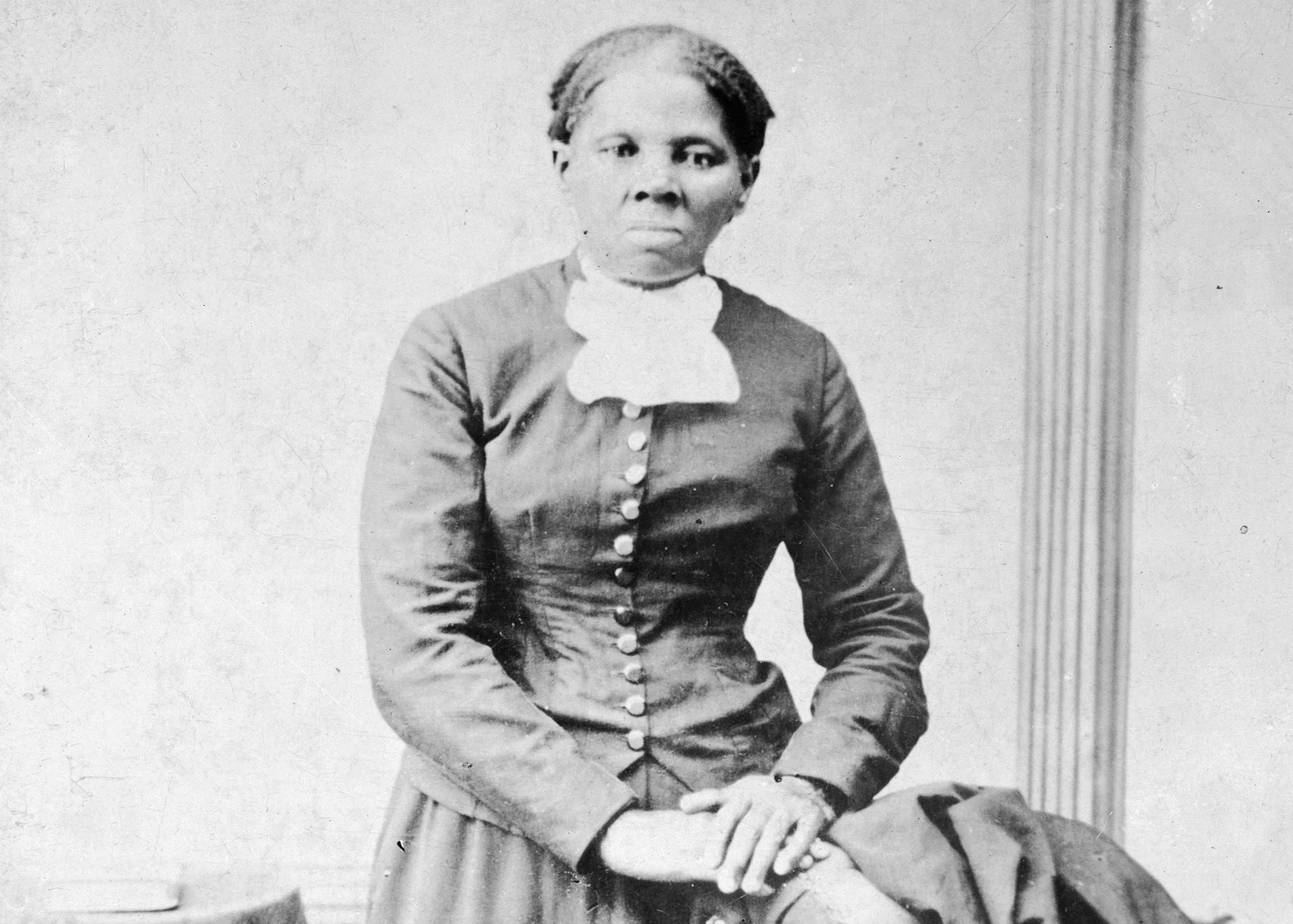
...that Harriet Tubman lived and worked in South Carolina? Learn more from these Knowitall/South Carolina ETV resources!
HARRIET TUBMAN (1820-1913) | PERISCOPE
Born a slave, Harriet Tubman escaped to freedom and became a "conductor" on the Underground Railroad. As a conductor, she helped over 300 slaves find their own freedom. After the Civil War, she cared for orphaned children and supported schools for freedmen in the South.
VIEW CHAPTER 7 OF THE INEVITABLE EVOLUTION OF FORT FORT FREDERICK AND LEARN ABOUT THE SIGNIFICANCE OF THIS PLACE IN OUR HISTORY, INCLUDING THE SIGNING OF THE EMANCIPATION PROCLAMATION! THE FULL DOCUMENTARY IS AVAILABLE (IN SEGMENTS) HERE.
The enslaved are freed. Old Fort Frederick becomes the site of one of the most important moments in American history.
Quotations from historians featured in this segment include:
"Miss Laura Towne established the Penn School on St. Helena Island, just a ferry ride across the sound from Fort Frederick."
"These people put their lives on the line and risked everything for what they thought was a better world. It was extraordinary idealism that is hard to imagine today."
"Harriet Tubman, famous for helping many of the enslaved to freedom with the Underground Railroad, brought her skills with her to Port Royal Island. She nursed the Civil War injured, while teaching the newly freed people ways to negotiate a wage-based system, rather than being forced to labor under the threat of the lash."
"There's one plantation near Beaufort where she is credited with moving 700 people from that plantation...That's quite a feat."
"Lincoln watched the experiment with great interest and during the summer of 1862, announced the preliminary Emancipation Proclamation. Immediately, plans were made for a grand celebration at Camp Saxton on January 1, 1863—the day the Proclamation was to be signed."
"When it was read and after it was read, someone spontaneously popped out with the sound, "My Country 'Tis of Thee"...and jubilation took place."
Gullah communities are located where enslaved Africans once lived and worked on Sea Island plantations that were owned by American colonists. Native Americans were also part of these communities. The unique blend of the West African culture, combined with European and Native American influences, resulted in the distinct culture that is known as Gullah.
After the Civil War ended in 1865, slaves were freed. Since most plantation owners were not able to produce crops without slave labor, some of the land was sold to plantation workers. Most of those who remained on the islands made a living by farming and fishing. They had little contact with the mainland because the only way to travel off the island was by boat. Given this geographic isolation, Native Islanders were able to maintain their folkways and language.
In the 1950s, bridges were built to connect some of the South Carolina and Georgia Sea Islands to the mainland. The bridges provided access to the new resorts that had been developed in the coastal area. Island communities became more modern with the arrival of outsiders and the introduction of new technologies, such as radio and television.
The development of the land and increased tourism caused the decline of farming and fishing. Many Native Islanders now work at the local resorts or in the coastal towns and cities. Although many feel that their traditions and language are endangered, the Gullah have survived change and held onto their past.
LEARN MORE ON THE GULLAH NET WEBSITE:
In the past, people have described the Gullah culture as quaint and the language as unintelligible. A closer look reveals a complex history and language with direct links to West Africa that survived slavery and thrived on the Sea Islands of South Carolina and Georgia. The Gullah experience has many variables that make it unique to each family and community.
GullahNet along with its host, Aunt Pearlie Sue (Anita Singleton-Prather), was designed to introduce Gullah culture and language to children on the web.
AND IN THIS AREA OF GULLAH NET ON GULLAH CULTURE:
Located on the Sea Islands of South Carolina and Georgia are communities of people who are the descendants of enslaved Africans. They have a unique culture that is directly linked to West Africa. In South Carolina, this group of African-Americans and the language they speak are referred to as Gullah (Gul-luh). In Georgia, they are called Geechee (Gee-chee). Native Islanders is another term that refers to the Gullah and Geechee people.
Many historians believe that the word "Gullah" comes from Angola, a West African country from which many of the slaves came. Another idea is that "Gullah" is from the Gola, a tribe found near the border of Liberia and Sierra Leone, West Africa. Although the exact origin of the word is not known, most historians agree that the Gullah people and their language have African roots.
View this ARTICLE from South Carolina Public Radio and NPR: Nurse, Spy, Cook: How Harriet Tubman Found Freedom Through Food.